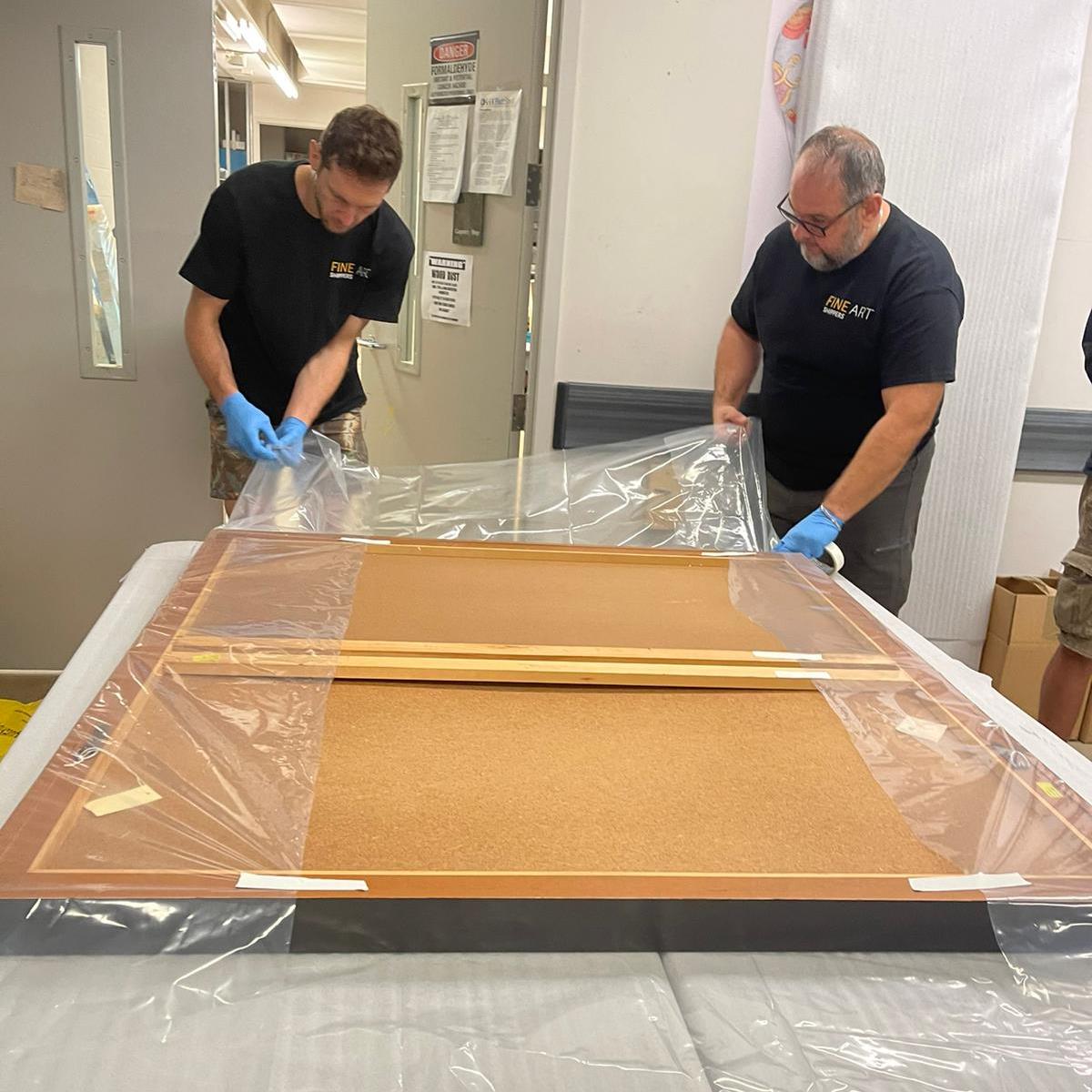As an art collector or artist, you probably often have to pack your artwork for various reasons, two of the most common being shipping and storage. But did you know that packing for these two purposes requires different materials and techniques? Today, we will discuss the difference between packing artwork for shipping versus storage.
Packing Artwork for Shipping
When packing artwork for shipping, you have to remember that your piece will be moving. This means that the materials you will be using to prepare it for transportation must be extra sturdy and reliant.
You must choose packing supplies depending on how far you are sending your piece, which mode of transportation you are using, and the nature of your artwork. The basic art packing materials you will most definitely need include acid-free paper, bubble wrap, and cardboard boxes with double walls for added protection.
To ensure your artwork is safe during transit, you will have to wrap it in some kind of acid-free material, add a cushioning layer, and, finally, pack it into a box or a wooden crate. You might also want to label the package to ensure everything arrives in one piece. Labels like "fragile" or "this side up" are important because they serve as directions for art movers.
Packing Art for Storage
When you pack art for storage, your main concern should be protecting it from dust, moisture, and other environmental factors that can cause damage over time. Before packing your artwork for storage, gently remove any dust or dirt from its surface with a soft brush or a microfiber cloth.
The materials you will be using to pack art for storage are similar to the ones used for art shipping. However, instead of worrying about protecting your pieces from impact or mishandling, you must ensure that they are safe from dust, sunlight, and moisture.
Remember that the packing techniques that work for shipping do not necessarily work for long-term storage. For example, you can roll a painting for transportation to save money, but doing the same thing for long-term storage can cause damage.
Whether you are packing art for shipping or storage, you need to ensure that it remains safe and secure. If you struggle with maintaining the perfect conditions for your valuables, you can contact a fine art logistics company for help.
